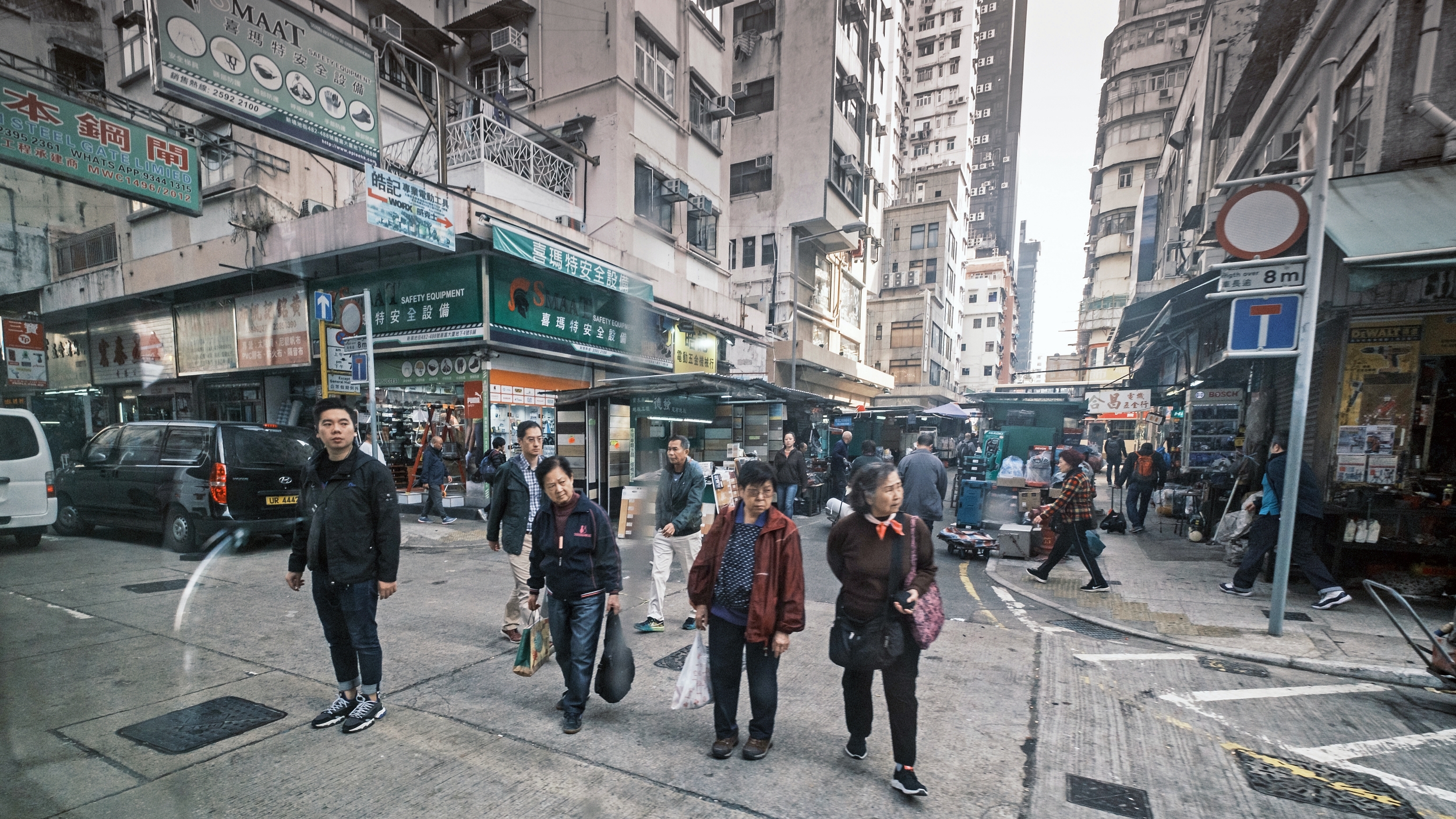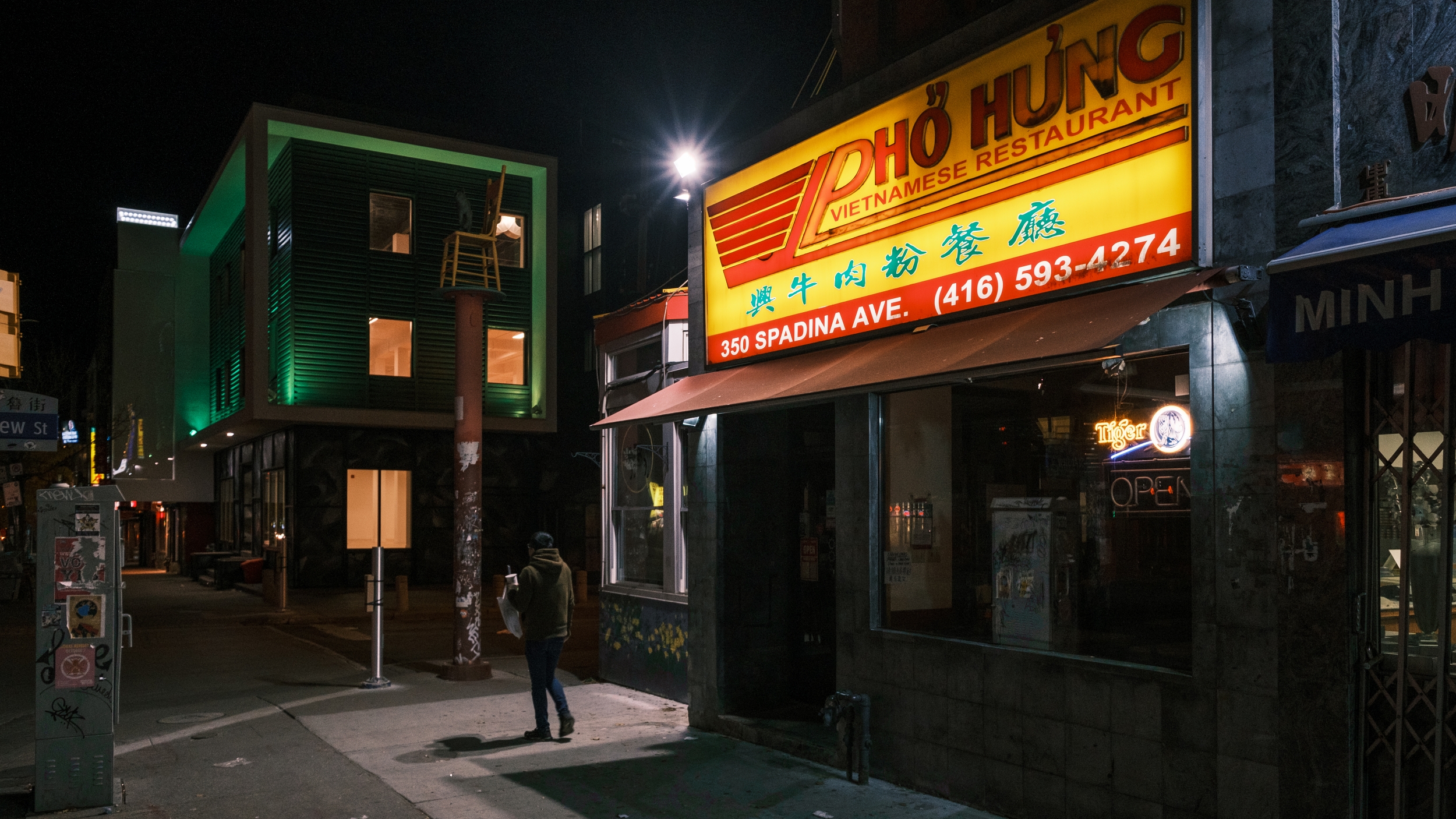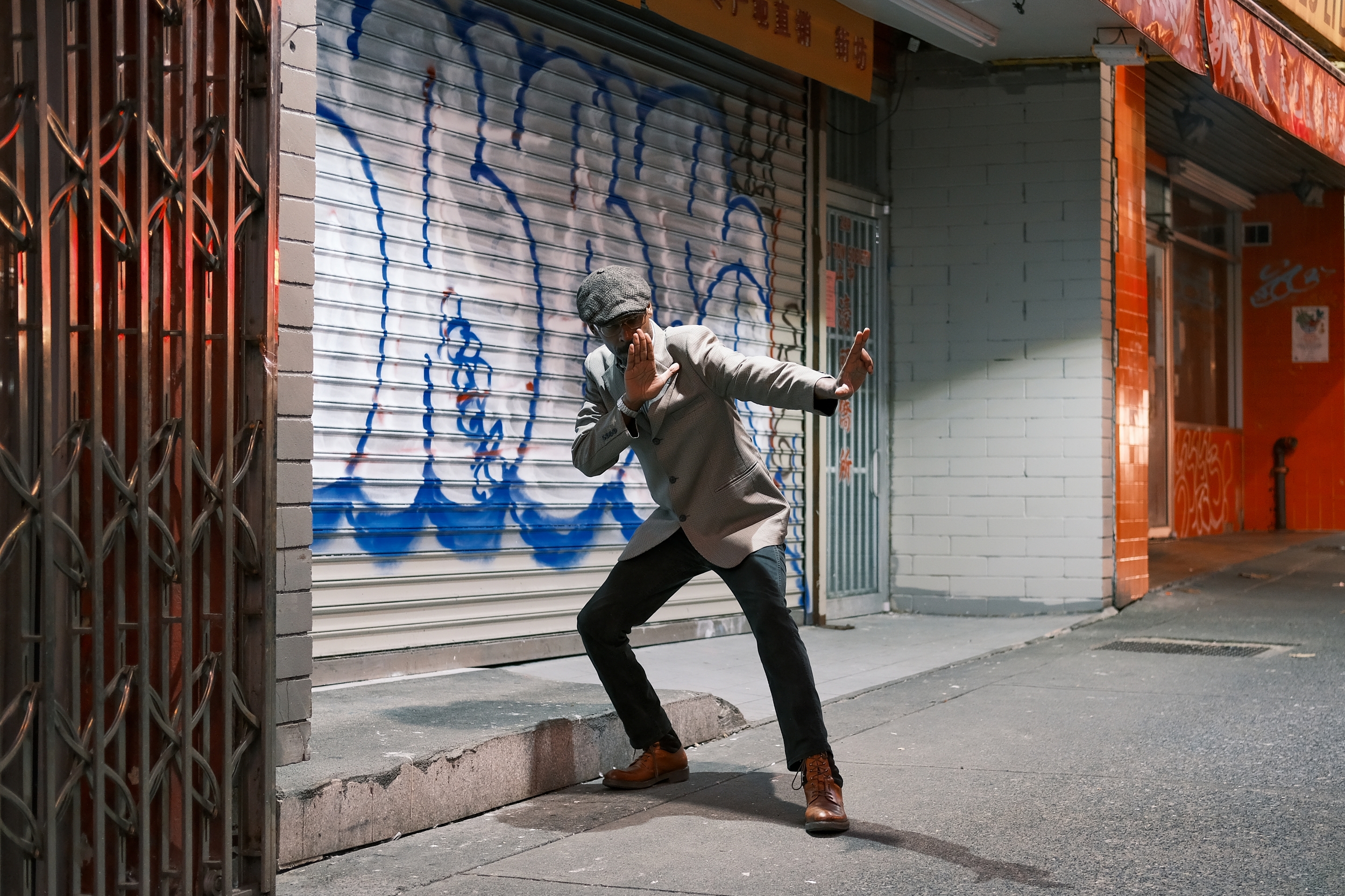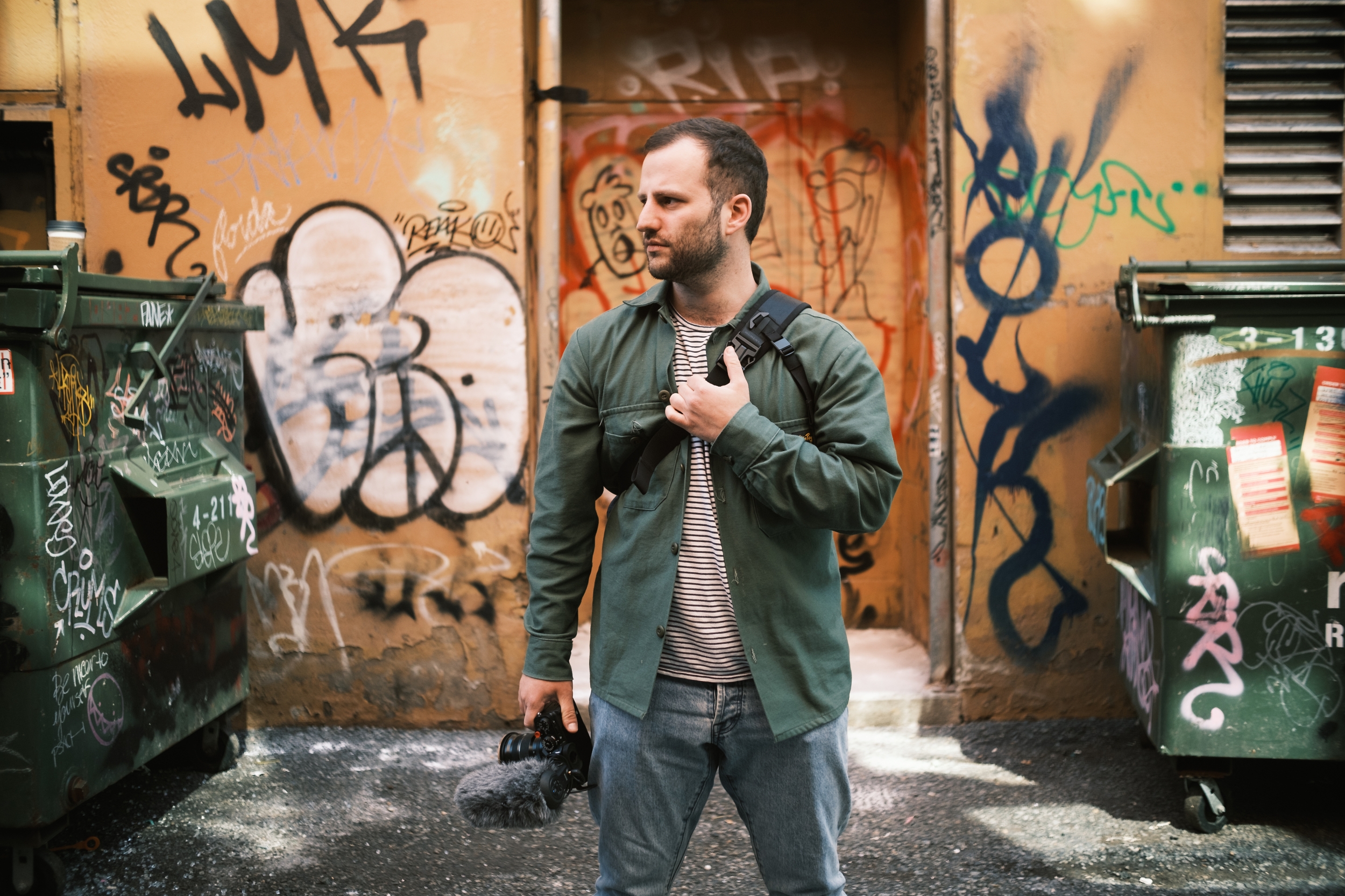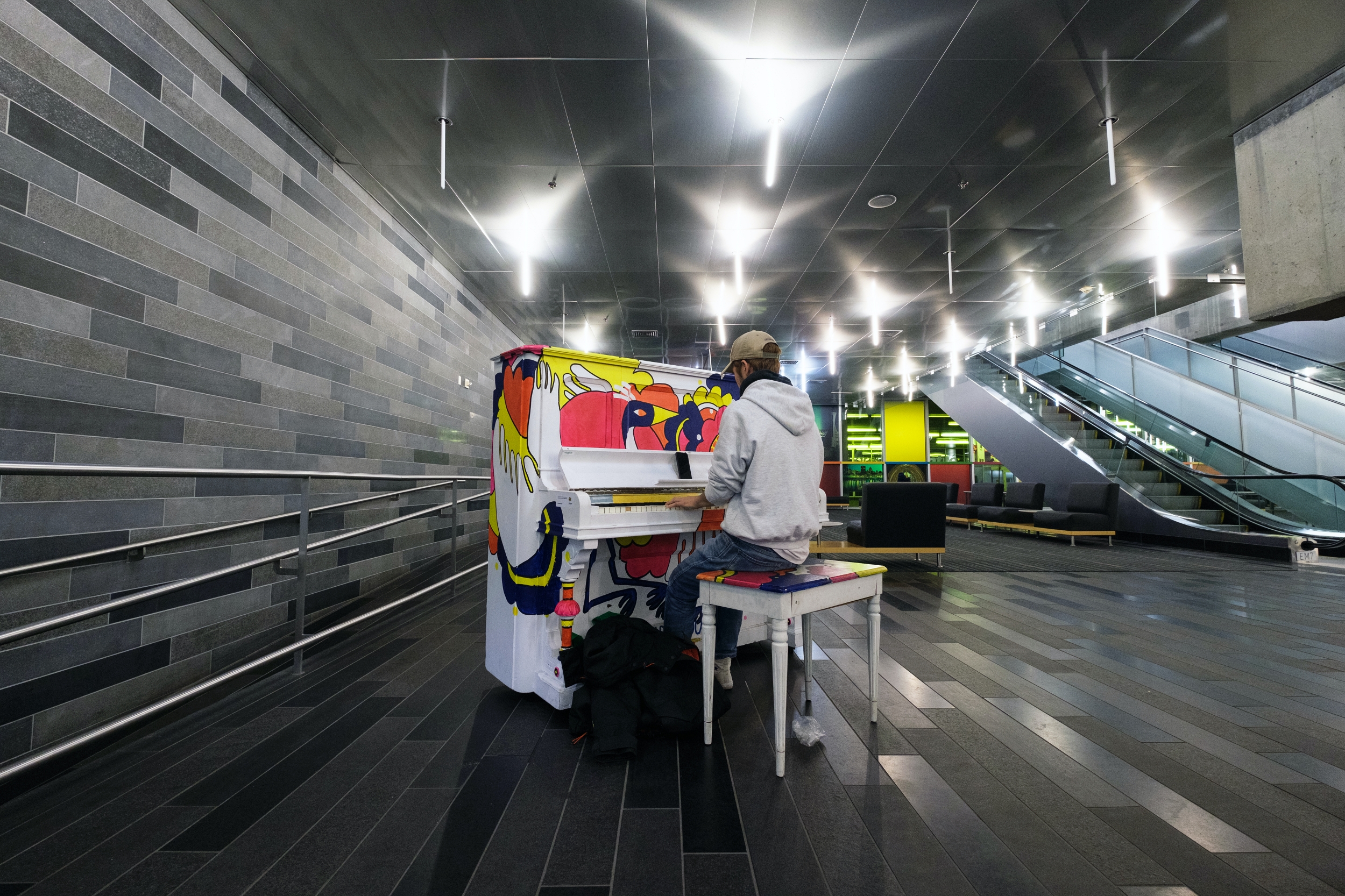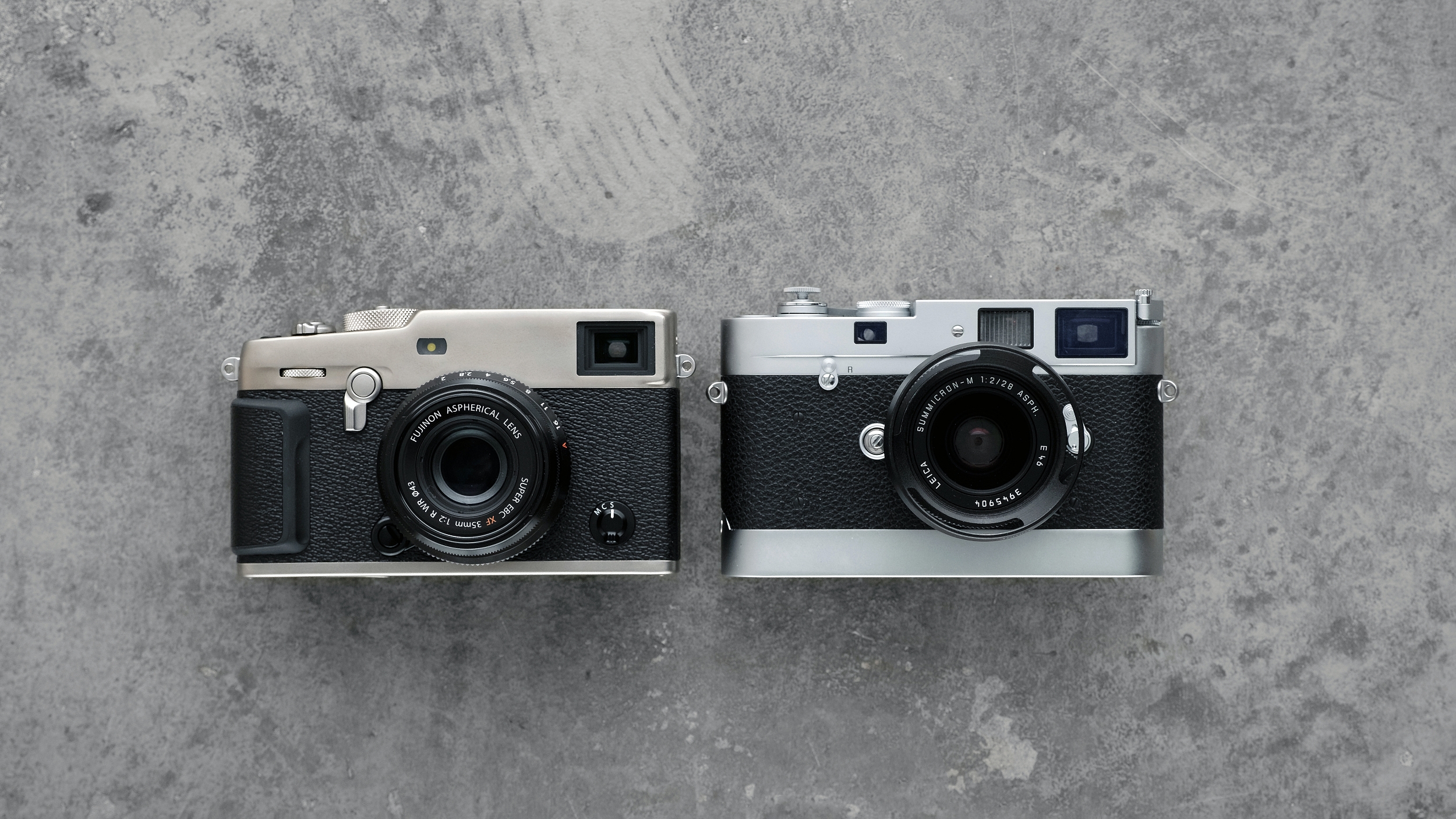To begin, let me say the X-Pro3 allows my photography to flow. I’ll explain later. It’s been just over a year since I began my review of the controversial X-Pro3. It is the flagship X Series camera because it’s made in Japan, it uses premium materials, and most importantly it’s the most expensive X Series interchangeable lens camera body at just under $2000 USD (for the optional Dura finishes).
It’s so exclusive, Fujifilm doesn’t offer a lens kit combination, nor have they dropped the price one year later. As a flagship, does this mean the X-Pro3 is feature rich? Not really. It has no optional power grip for longer battery life, no HDMI output for video monitoring, and it has less custom dials and buttons compared to the previous X-Pro2, including the removal of the D-Pad, a dedicated delete button and the PC sync terminal.
However, the controversy with this flagship camera has nothing to do with what I’ve just mentioned, but with the design of the reversed articulating screen. The screen is hidden on the inside of the articulating hinge, so in the closed position the LCD screen is covered. To view the screen you have to pull it down 90 degrees to use like a waist level finder, or a full 180 degrees to have it parallel to the back of the body, but a full 2 inches bellow the bottom of the camera. Moreover, if you normally frame up your images by using the rear LCD screen, this camera is definitely not for you. It’s also a pain if you need to quickly get into your menus to make any adjustments to your settings.
As a reviewer I am obligated to approach any new camera with an open mind and do my best to find both the positive and negative aspects of any camera design feature. I can see the benefits of having the rear LCD screen covered up and protected while in storage or transportation. I also understood that with this design, Fujifilm was attempting to ‘force’ the photographer to use the hybrid OVF-EVF more often. This makes sense since Fujifilm had spent a decade developing and refining this unique technology. It’s also clear that Fujifilm was trying to create a unique shooting experience with their flagship photo-centric camera body.
In contrast, most camera manufacturers are moving towards a homogenous design and function for their ILC mirrorless cameras (video-centric, IBIS, fully articulating screen). These cameras appeal to the masses, or those in the content creation sphere. I like to call these the SUVs of the camera world, functional but boring. Yes the X-T4 and X-S10 also land in this category, but Fujifilm also creates other unique cameras like the X100V and the entire GFX medium format line-up. In fact, Fujifilm has been making eccentric cameras since the old film days, including their unique 35mm panoramic TX-1 (X-Pan), the autofocus medium format GA645 series, and the the folding medium format GF670.
Since the release of the X-Pro3 last year, I have taken the X-Pro3 with me to Toronto, Montreal, Hong Kong, and Okinawa, and it’s been my everyday camera here in Vancouver. I loved the user experience so much that my big year-end purchase for 2019 was the Dura Black X-Pro3. When I took it with me to Hong Kong and Okinawa at the beginning of 2020, I used it every day for a month in every type of situation. Yes I brought my X-H1 as a back-up, but I never used it. In addition, I brought my Leica M7 for my film project in Hong Kong, and I seamlessly jumped back and forth between my X-Pro3 and Leica M7. This is where I want to talk about flow.
Bruce Lee famously talked about being ‘like water’ or fluid. In life, if your form is too rigid, you’re unable navigate through cracks or obstacles. However if you are like water, formless, you can make your way through the cracks, as well as being able to form into whatever shape life needs you to be. I think this approach can also be applied to our photography. We need to be be fluid in our approach, our thought process must be formless, like water, and we must be able to adjust to whatever environment we find ourselves in.
As photographers, we use our cameras as vessels or tools to capture our art. The more we have to think about gear, the less we are able to be fluid and allow our ideas to flow. The simpler the camera and the more we master our equipment, the less we have to think about, which allows our vision and our ability to capture it to flow seamlessly. This is why you often need time to adjust to a new camera before you get better with it. It has nothing to do with the gear and more to do with your inability to connect and flow with your new camera. Everyone is different and we all have different preferences and shooting styles. However, the design of a camera can affect how we see and how we capture our images. If every camera begins to look, shoot and feel the same, all of our images will likewise start to look the same. This is why I love using the X-Pro3.
I prefer the X-Pro3, not because it’s the best performing X Series body, although it is a very competent camera. The autofocus is just as good as the X-T4, and the firmware and processor are also very similar. The only difference is the way I create my images between these two cameras. Because of the design of the body, the way I hold the camera, the way I look through the viewfinder or LCD screen is very different between my X-T4, X-H1 and X-Pro3. This is why I applaud Fujifilm for creating multiple cameras in various form factors, but use the same sensor and processor. Thus far the X-T3, X-T30, X-Pro3, X100V, X-T4 and X-S10 all share the exact same sensor and processor. However, this doesn’t mean all of these cameras will shoot the same, or that you will be able to use all of these cameras in the same way or with the same fluidity. Some will prefer the feature rich X-T4, others will go for the compact size of the X100V, while others still might prefer the compact size but large grip of the X-S10.
The X-Pro3 is a very unique camera, not only within the Fujifilm X Series ecosystem, but in the entire photographic industry. The closest camera would be the Leica M-D, which is a digital rangefinder with no rear LCD. When Leica released this camera, they also received much criticism for its unorthodox approach to camera design. It seems everyone wants every camera to work in the same way. Not me. I like to have different tools for different purposes. If you are primarily a stills photographer and enjoy the handling of a rangefinder styled camera and prefer using a viewfinder versus an LCD screen, you will appreciate the X-Pro3. When you stop chimping after every photo, when you stop worrying about what has already been captured and focus on what your next photo is going to be, it will contribute to your photographic flow.
When I initially purchased the X-Pro3 last year in December, I was planning on selling it by the end of this year. I bought it as a luxury item that I could use as a prop in my product photography, as well as my every day carry on my days off. I was confident I would be happier with the X100V and save some money in the process. I tested the X100V when it first came out, and although a very competent camera (more competent than the X-Pro3 in many ways) I prefer the premium feel and body design of the X-Pro3. In addition, because I’m also a film photographer, I prefer not having a rear LCD as a distraction. I see, position myself, frame, shoot, and move on. Chimping slows me down. With the X-Pro3 I don’t need to adjust my shooting style when switching between my film or digital cameras, which allows me to flow. “Be water my friend” and happy shooting!



